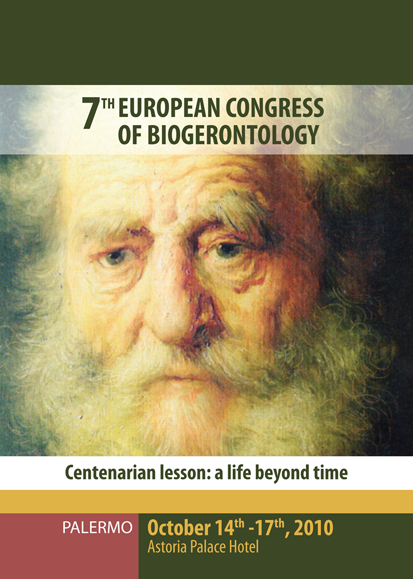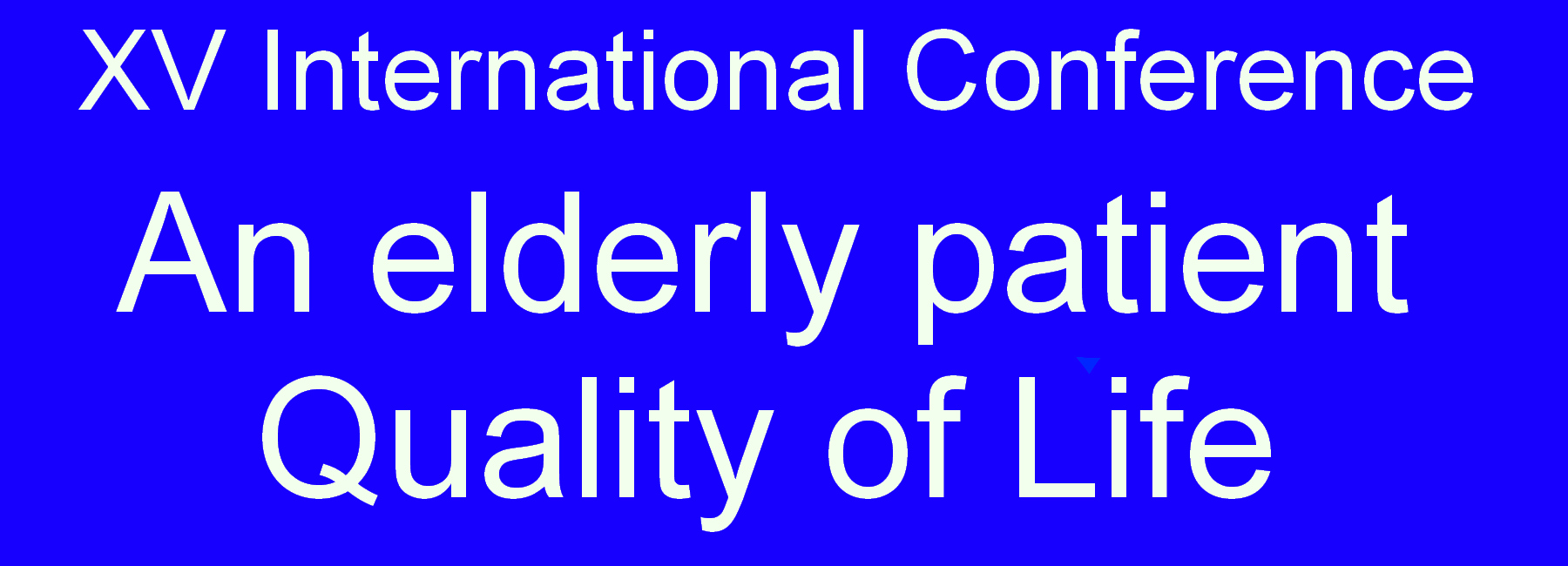- Russian
- English
- Français
OLD - Diagram of Aging Processes
The ageing diagram is required as а basis for communication of aging experts. The purpose of the diagram is to help create a new comprehensive scientific program for developing interventions into process of aging, allowing its neutralization. The diagram has several key benefits compared to plain text.
Due to the visualisation of information, this diagram represents complex, i.e. tangled and multidimensional information about ageing processes better then text or the models that could be read by computers only.

The ageing process is complex; however (we assume that), it still can be clearly described on a big sheet of paper. In other words, 100 or 200 information blocks could probably be enough for description of the whole ageing process. This diagram could be further sub-divided into a number of interrelated diagrams. The decisions to subdivide would be made based on usability for readers.
Usability is the major criteria. The specialists on visualisation shall be invited to make the diagram as clear as possible. Aspects such as line thickness, colours, form of blocks, etc. shall be optimised for intuitive understanding of the diagram by the end user.
We assume that the researchers have all general information required for overall understand of the ageing process (not the details, of course); however, this information has never been presented together. This diagram, especially if developed collaboratively by the research community, would allow to represent the knowledge about this area in one document, something, which scientific treatises and conference papers can never do.
Development of the diagram
Development of this diagram is a part of the "Science vs. Aging" project. The aim is to describe present understanding of ageing process. The first draft was developed by A. Moskalev; this version mostly described genetics of ageing. This version of the diagram was published in the second version of the project's booklet and in the project's poster on Gordon conference.
This work has continued with revisions and further development of the diagram. This work is coordinated by Anna Krementsova (krementsova@sky.chph.ras.ru). As of August 2009, the 22nd version of this diagram has been developed.
The current version neither represents the scientific consensus, nor the diversity of opinions on ageing. Many areas do require further detalisation. We welcome additions to the diagram, as well as individual researchers developing their own diagrams for specific parts of the ageing process.
To develop the diagram we are using the CMAP Tools software package.
Requirements for the diagram of aging:
- The main goal of the diagram is to improve the co-operation of scientists on analyzing and discussing aging processes.
- The diagram describes the aging processes from the prime causes (top) - the natural processes that underlie aging, through errors in normal organism functioning, decrease of various physiological parameters to age-related pathologies and death (bottom).
- The diagram of aging is a process diagram. Its elements are various processes that are limited in time and cause various changes to organism state. Constant general processes, such as digestion are not included, while specific processes such as "disruption in production of the gastric juice" can be included (since this process is a change in the state and is limited in time). Other diagrams and discriptions can augment this main process diagram.
- The elements are connected with causal links. There are two types of links: "A causes B" and "A prevents B".
- The key requirement for the diagram is its cognitive friendliness and ease of visual perception.
- The diagram defines the process of human ageing. Specific ageing features of other species are not considered.
- The diagram has to provide the required detalisation of ageing process on the organs level.
- The diagram describes, but doesn't model the ageing process; it is not equal to a computer model.
Reference materials
Current version of the diagram
- 22nd version of the diagram in Russian: http://www.sciencevsaging.org/sites/sciencevsaging/files/Схема старения РУС_22_АК.cmap
- 18th version of the diagram (in English): http://www.sciencevsaging.org/sites/sciencevsaging/files/Схема старения ENG_18_AK.cmap
Earlier draft versions of the aging diagram.
- diagram in CMAP in English: http://www.sciencevsaging.org/sites/sciencevsaging/files//Moskalev%20diagram.cmap
- diagram in English in PDF: http://www.imminst.org/forum/index.php?act=attach&type=post&id=5575
Network diagram of aging by J. Furber
Best regards, the "Science vs. Aging" team.



